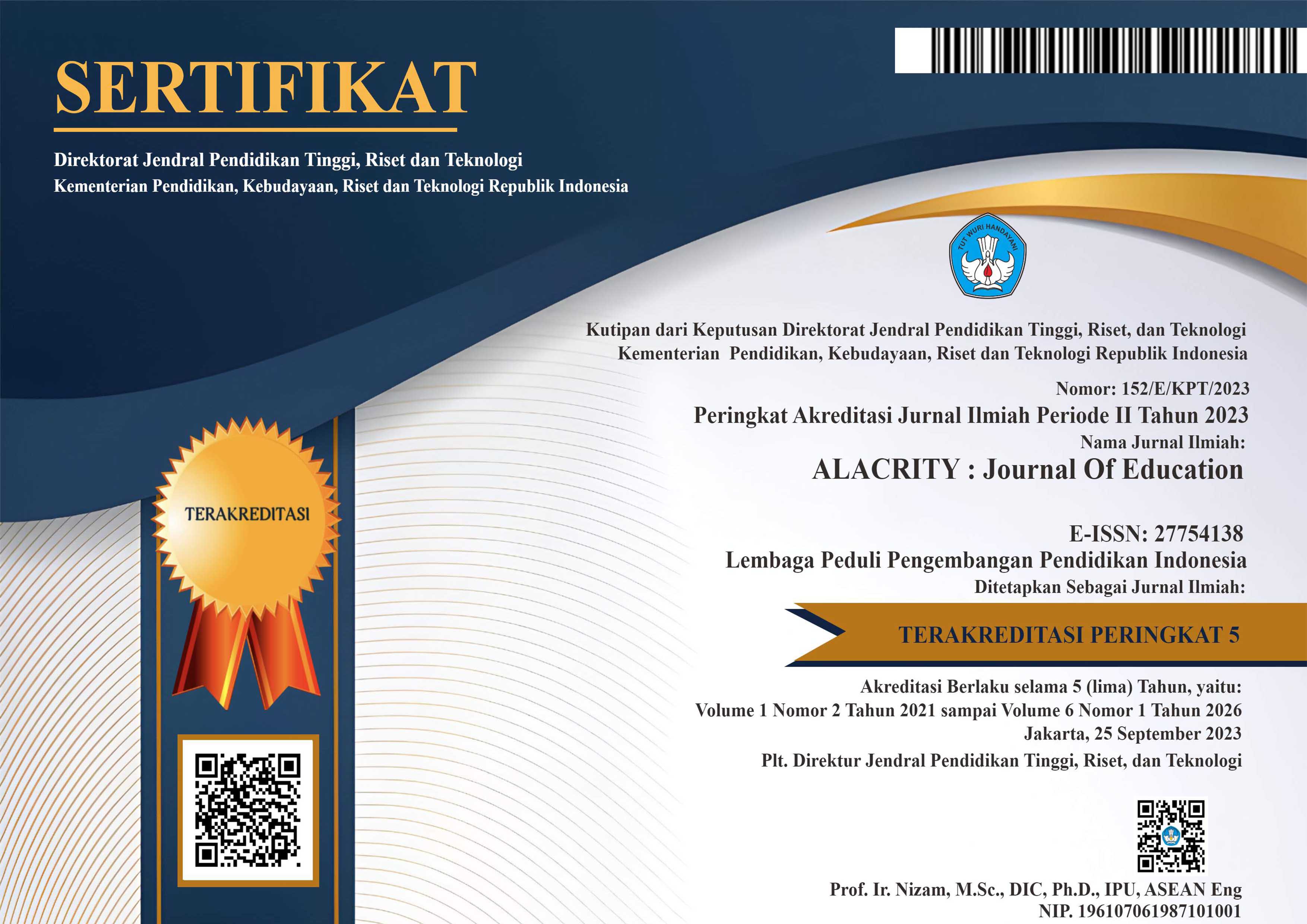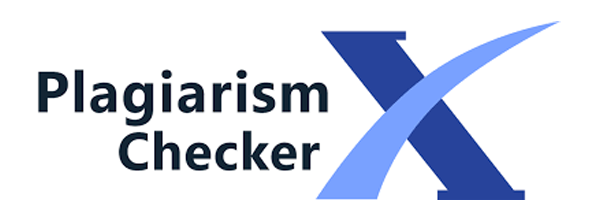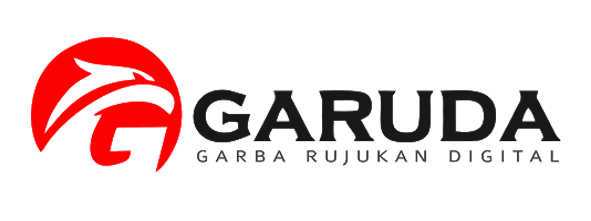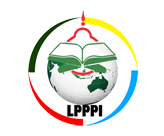Use of the TGT Type Cooperative Learning Model TGT on National Disintegration Material in Indonesian History Lessons in Class XII MIA 7
DOI:
https://doi.org/10.52121/alacrity.v4i3.406Keywords:
TGT Model, Learning Outcomes, History LearningAbstract
This research is background based on students during collaborative learning or discussions, because not all students have the same learning abilities and active participation. Therefore, researchers have a strategy to overcome this problem. In this research, the researcher used Classroom Action Research (PTK) as a method. Improving the learning outcomes of class XII MIA 7 students at SMA Negeri 3 Medan is the aim of this research by implementing the TGT learning model. The subjects at this were 36 students in class XII MIA 7, consisting of 22 female and 14 male students. The research implementation followed the PTK flow referring to Kemmis and McTaggart, with stages of pre-action, action, observation and reflection. This research was carried out in 2 cycles. Results of the application of learning in cycle I were student activity 72.31, teacher activity 76.13, classical absorption 74.30% and classical completeness 73.39. The learning outcomes of cycle I students do not meet the specified indicators of completeness, namely a minimum of 80% classical completeness. Then proceed to cycle II, by reflecting and correcting the shortcomings that occurred in cycle I. Application of this TGT model in cycle 2 after reflection, namely student activity 82.30, teacher activity 85.28, power classical absorption 79.97% and classical completeness 81.65. Results of using the TGT model in cycle II prove that TGT model is able to improve the quality of learning outcomes for class XII MIA 7 students at SMA Negeri 3 Medan
Downloads
Published
Issue
Section
License
Copyright (c) 2024 ALACRITY : Journal of Education

This work is licensed under a Creative Commons Attribution-ShareAlike 4.0 International License.













